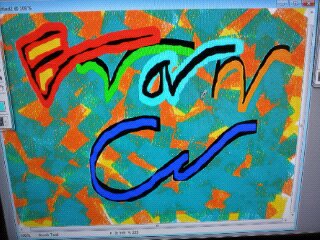For all who are familiar with the children’s story, The Rats of NIMH, we now offer this sequel. (If you haven’t read it, follow along, no information from the original is required for this story. ) For purely background information, mice share 98% of our genetic code which makes them ideal for laboratory purposes of medical modeling.
10 years ago the founders of Nevus Outreach were invited to a conference about mouse models for research, the conference was in Bar Harbor Maine at the Jackson Laboratories where they develop and distribute mouse lines for genetic research. When confronted by the very beautiful and influential Megan, they began to seek out a natural nevus presenting mouse. Across the world the order of DND (Do Not Dispose) for spotted mice was sent.
Two years later, Spot, the mouse was born in Japan, and the beginning of mouse model research for nevi was jumpstarted. Since that time, 14 different variations of pigment generating genetic code have been identified.
Jump forward to yesterday. Evan was invited to participate in the NCI –omics project. In the –omics project, an NIH doctor creates xenograft mice and matching cell lines for comparative study by researchers across the country, and by default the world.
In xenograft research, a person’s genetic code is fully sequenced, reproduced and then spliced into a mouse. The mouse that is created is like a child of the xenograft donor. These mice can then be studied and analyzed. Evan is soon to be the ‘father’ of Spot 2A (Evan’s code), Spot 2B (Nevus), and Spot 2C (Tumor). It takes about 30 days to become a mouse progenitor vs. 270 for a human.
These mouse lines and the corresponding matching human cell lines will be available for research to any scientist in the US who has access to the NIH. The potential research will allow windows into a specific case of GCMN, and also into tumors arising within a GCMN which is in turn a much more focused look into how melanocytic tumors genetically differ from normal tissue (The nevus differences by themselves are red herrings of malignant process)
As an adjunct aside, it likely that the mice used will have come from UNC; and there are Psychological researchers at NIH & UNC who are interested in LEGO therapy; and we will be both expanding our involvement with NIH and keeping our treatment at UNC for now.
And that’s the end of this chapter.
Saturday, August 7, 2010
Subscribe to:
Posts (Atom)



